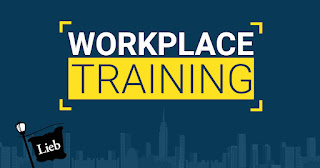The Federal Trade Commission (FTC) has just issued a Non-Compete Clause Rule banning all Non-Competes.
This Final Rule provides that it is an unfair method of competition for persons to, among other things, enter into non-compete clauses. While this Final Rule does not include a salary threshold, it does allow for non-competes when a business is sold, and also allows existing non-competes to be enforced for senior executives.
So, existing non-competes for workers, who are not senior executives, are no longer enforceable (retroactively undoing contracts). Is that a violation of due process / impermissible taking for employers? Are constitutional challenges next?
Yet, the most interesting paragraph of the Final Rule reads:
Non-solicitation agreements are generally not non-compete clauses under the final rule because, while they restrict who a worker may contact after they leave their job, they do not by their terms or necessarily in their effect prevent a worker from seeking or accepting other work or starting a business. However, non-solicitation agreements can satisfy the definition of non-compete clause in § 910.1 where they function to prevent a worker from seeking or accepting other work or starting a business after their employment ends. Whether a non-solicitation agreement—or a no-hire agreement or a no-business agreement, both of which were referenced by commenters, as discussed previously—meets this threshold is a fact-specific inquiry. The Commission further notes that—like all the restrictive employment agreements described in this Part III.D—non-solicitation agreements, no-hire, and no-business agreements are subject to section 5’s prohibition of unfair methods of competition, irrespective of whether they are covered by the final rule.
Moving forward, non-competes are mostly gone, but non-solicitation agreements, no-hire, and no-business agreements are clearly also on the chopping block where the utilization of each could easily result in protected litigation as to whether they are covered by the Final Rule or generally by section 5's prohibition of unfair methods of competition.
You can read the FTC's press release here.
You can read the Final Non-Compete Clause Rule here.











